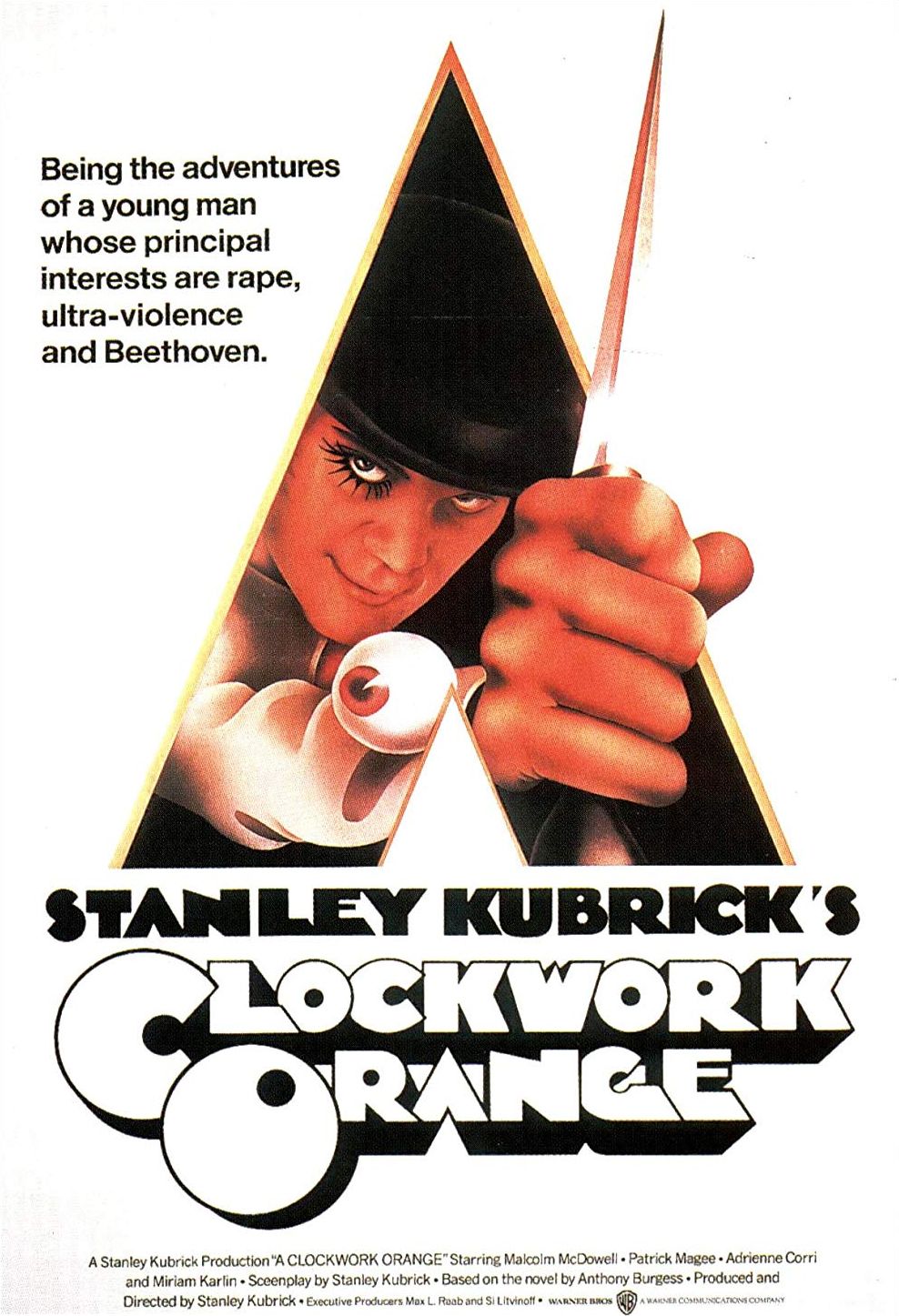Most movies that stir up controversy when they originally hit theaters look pretty tame, decades later. With most movies, it’s hard to figure out what the fuss was all about in the first place.
Most movies. But not “A Clockwork Orange.”
When Stanley Kubrick’s dark portrait of a dangerous young man arrived back in 1971, it shocked audiences with its vision of “rape, ultra-violence and Beethoven,” as the poster proudly proclaimed. There were reports of copy-cat crimes inspired by the film, and Kubrick himself pulled the movie from distribution in England, meaning people living in the country where “A Clockwork Orange” was set and filmed couldn’t see it. For decades.
Almost 50 years later, “A Clockwork Orange” remains an assault on the sense, both for its controversial content and for the visually stunning way that content is delivered. Rarely has a movie &mdsah; by a major director, released by a major studio (Warner Bros.) and nominated for major awards (including Best Picture) combined brutality and brilliance in such a potent package.
This week, Billy and Will focus on “A Clockwork Orange,” discussing its direction, its violence and its mesmerizing lead performance by Malcolm McDowell. And guess what? It turns out the movie can still inspire some pretty strong reactions.

